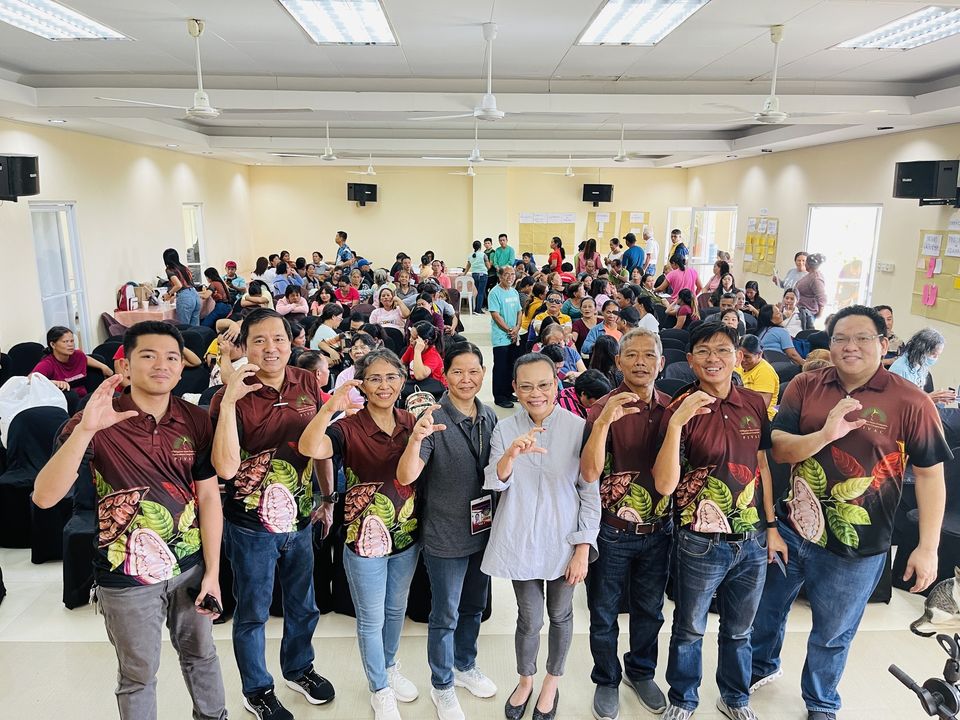MINERVA BC NEWMAN
CEBU CITY – The Philippine Inno-Ventures Agriculture Cooperative (PIVAC), a Cebu-based cooperative with more than 50 members, hopes to bridge the gaps and challenges facing the Cacao industry today with a vision to make Cebu as the world’s supplier of cacao and one of the largest processors of the best chocolates in the world.

Benedict Que, PIVAC chairman and president of Golden Prince Hotel and Suites in Cebu, bared that the cooperative was borne out of the need for Cacao not only in the Philippines but worldwide, in a brainstorming session under a Cacao tree on September 4, 2020 amid the pandemic.
“With Rey Calooy, PIVAC’s vice-chair and some other like-minded friends, we discussed the gaps and challenges of the Philippine agriculture and the Cacao Industry and the huge economic potentials of Cacao and its by-products in the world market,” Que in an interview with this writer said.
Que added that a study on the Cacao industry revealed that there is a wide gap between demand and supply for cacao, which is the main ingredient in the manufacture of chocolate be it for drink or bar, and that the Philippines supplies only about one percent of the world’s consumption, despite being on the earth’s equatorial position which is ideal for cacao growing, it said.
There is also an apparent neglect of farmers to recognize the otherwise obvious advantages inherent in cacao planting which is relatively easy and cost-efficient. The team believed that there is a greater need to create awareness and interests not only among the farming population but in the agriculture sector in general, Que said.
“Our goal is to create a mass base of cacao planters and exponentially increase the output of cacao production in Cebu and the country as well,” Que noted.
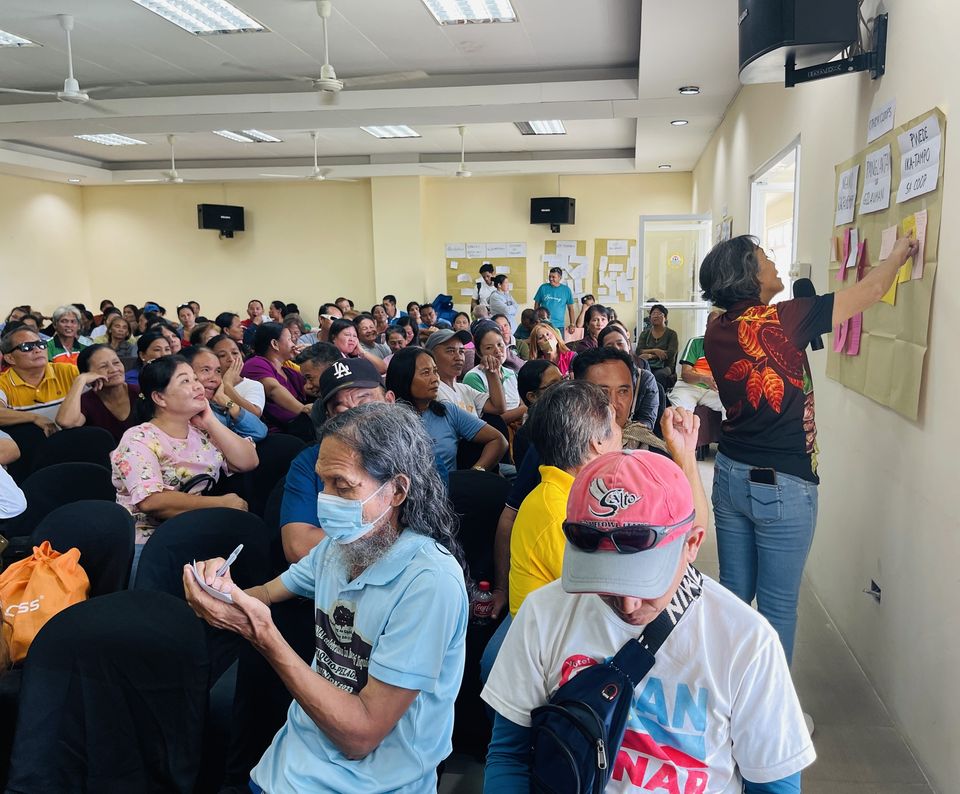
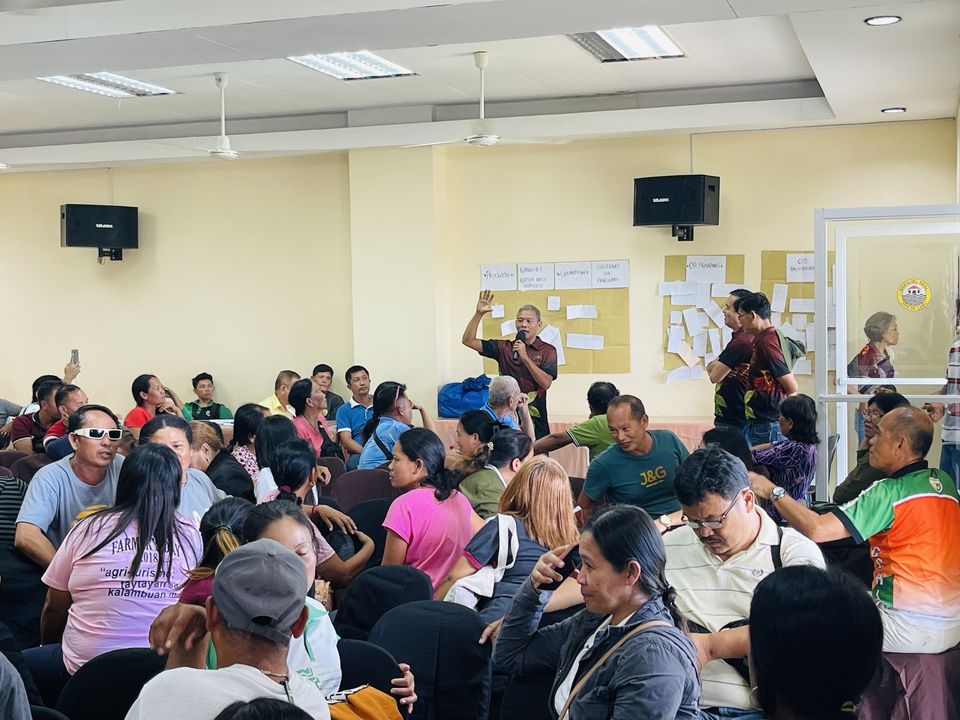
According to Que and his board of directors, the formation PIVAC is a necessary avenue to address the gaps, steer interest among farmers, the government and a multi-sector approach to provide support in terms of farm inputs, technical knowhow and financial assistance to the Cacao farming.
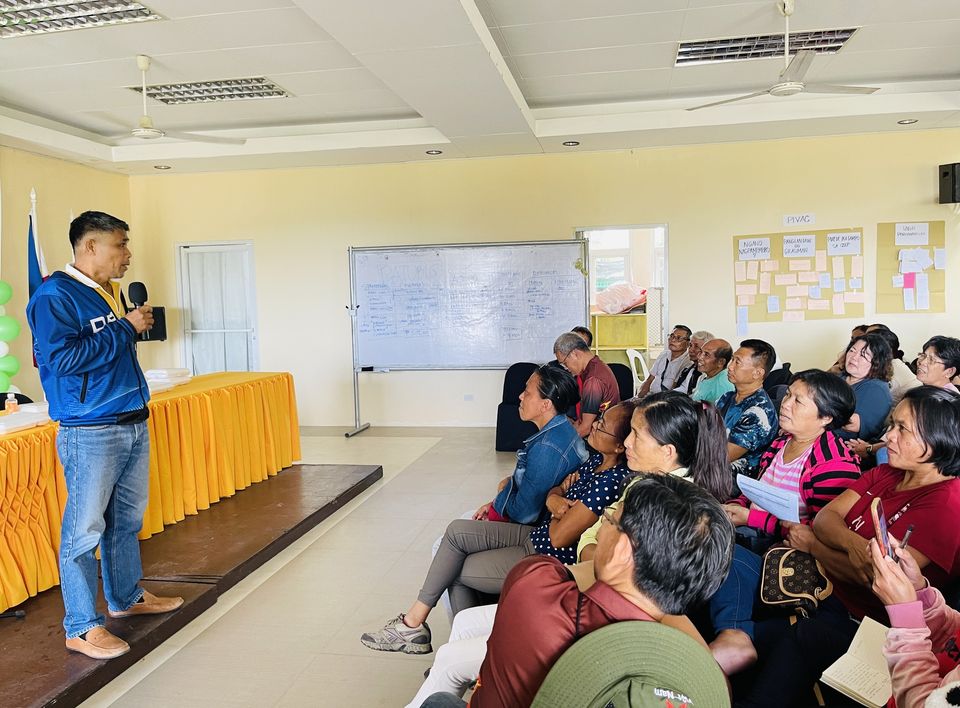
PIVAC received its registration as a legitimate cooperative on October 19, 2021 from the Cooperative Development Authority (CDA) here which enabled PIVAC to organize series of recruitments, open discussions, benchmarking and various marathon seminars, workshops and farm visits in areas where Cacao production is celebrated and widely engaged by farmers in Cebu, in Davao and in Isabela.
Que bared that on August 18, 2022, PIVAC received a Cacao processing equipment from the Department of Science and Technology (DOST-7) under its R&D facility grant-in-aid program in support for the establishment of Cacao product development facility in Cebu.
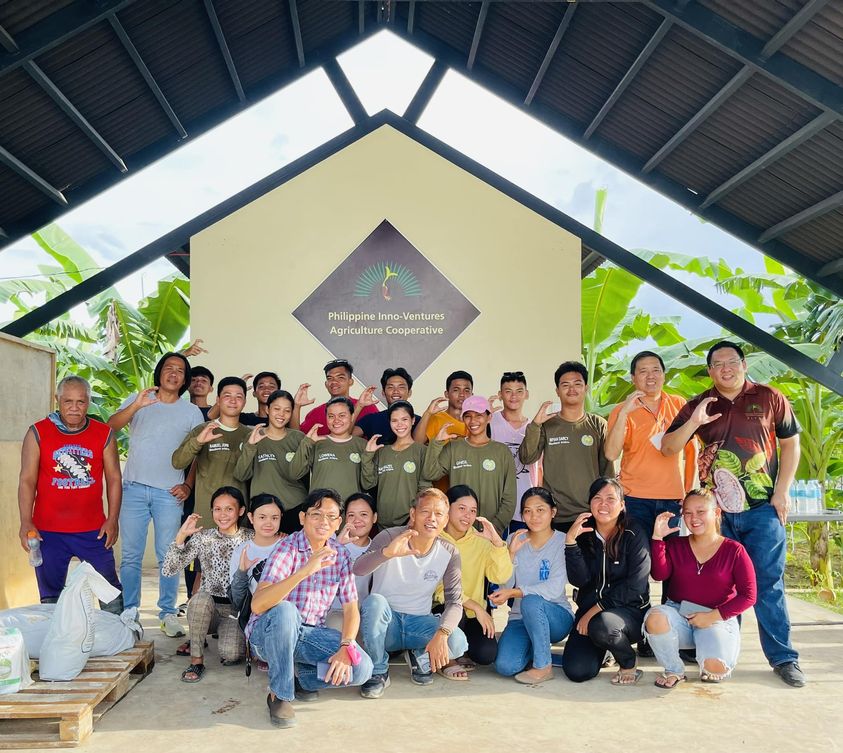
PIVAC continuously collaborate with regional government agencies and local units for dialogs and possible programs/projects technical and financial support and collaboration for all aspects in the Cacao industry through the PIVAC Agricultural Convergence Conference -A Step Towards Sustainability through Empowering and Enabling Farmers.
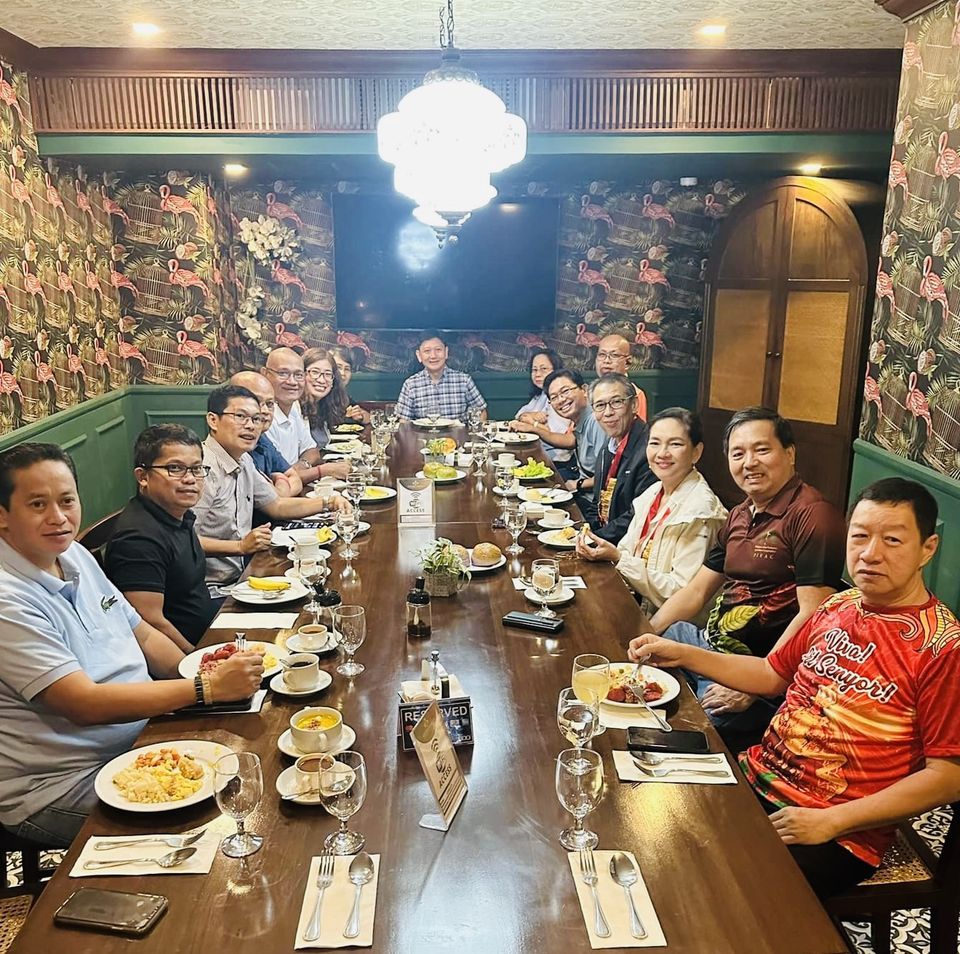
Key national government agencies such as DA, DTI, DAR, DENR, BOI and more were at hand to encourage integration and dialogue between private and public sector stakeholders to improve the agriculture industry.
Department of Agrarian Reform (DAR-7) assisted PIVAC in gathering various farming communities and Agrarian Reform Beneficiaries (ARBs) in Cebu for series of dialogues and discussions on potential programs for these groups.
The PIVAC Team led by its chairman Benny Que and director Aaron Que had a table presentation with the Department of Agriculture (DA-7) Regional Technical Director Wilberto Castillo and High Value Crops Officer John Dennis Ranario for DA’s possible interventions that it can provide the cooperative and its projects.

With the Department of Trade and Industry (DTI-7), PIVAC met its regional director Ma. Elena Arbon to discuss product packaging development and marketing support to the cooperative’s upcoming Cacao products while the Board of Investments (BOI) showed its openness to assist the cooperative throughout its investment journey.
PIVAC has also reached out to several local government units (LGUs) in Carcar, Barili, Catarman, Bohol, Talisay City, Isabela, Tuguegarao and other farmers’ foundations and groups and continuously doing so to create more agricultural and Cacao farming communities.
To create a more comprehensive approach to Cacao farming in Cebu, PIVAC has constructed a meeting place structure which is called “The Farmer’s Hub” in Sitio Pajo, Barangay Valladolid in Carcar, Cebu.
In the various forums and discussions on the economic value of the Cacao industry products, stakeholders described Cacao as a resilient plant that can withstand harsh weather conditions including typhoons and it can survive as long as 100 years. Cacao is also known as the “Tree of Retirement.”
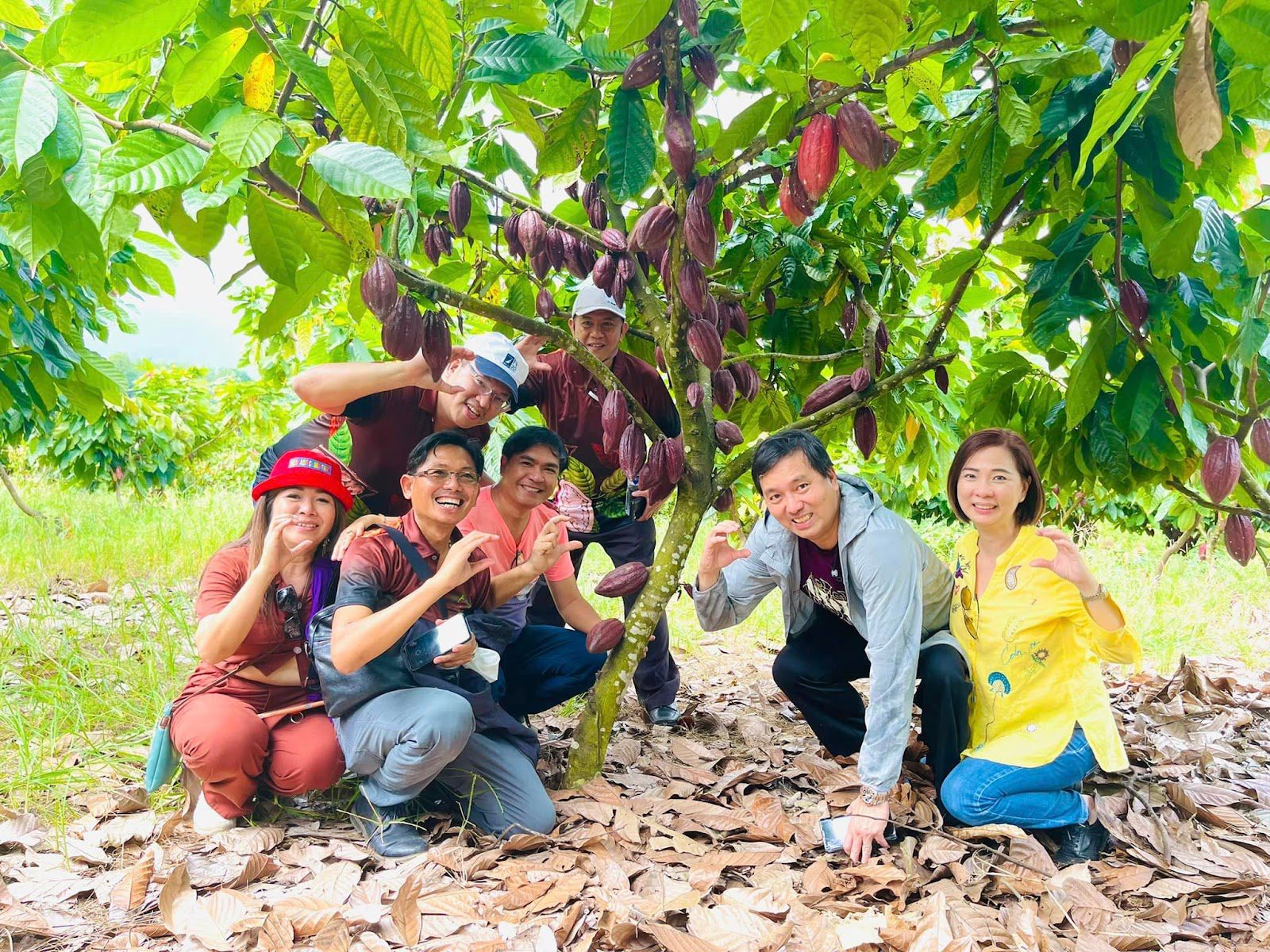
The Cacao tree offers more by-products. Apart from the traditional tablea, cocoa, and other chocolate products, it can also make vinegar and wines. Even the pods can be turned into charcoal, and the leaves can be used into a lampshade. A tree with no waste and everything about Cacao is useful.
According to the Philippines Statistic Authority’s (PSA), 81 percent of annual production of cacao in the Philippines comes from the Davao region and the country produced 9,341 MT of cacao beans in 2020. The Davao region is the top producer with 7,258 MT of cacao beans, followed by Central Luzon and Zamboanga Peninsula with cacao bean production of 338 MT and 329 MT respectively.
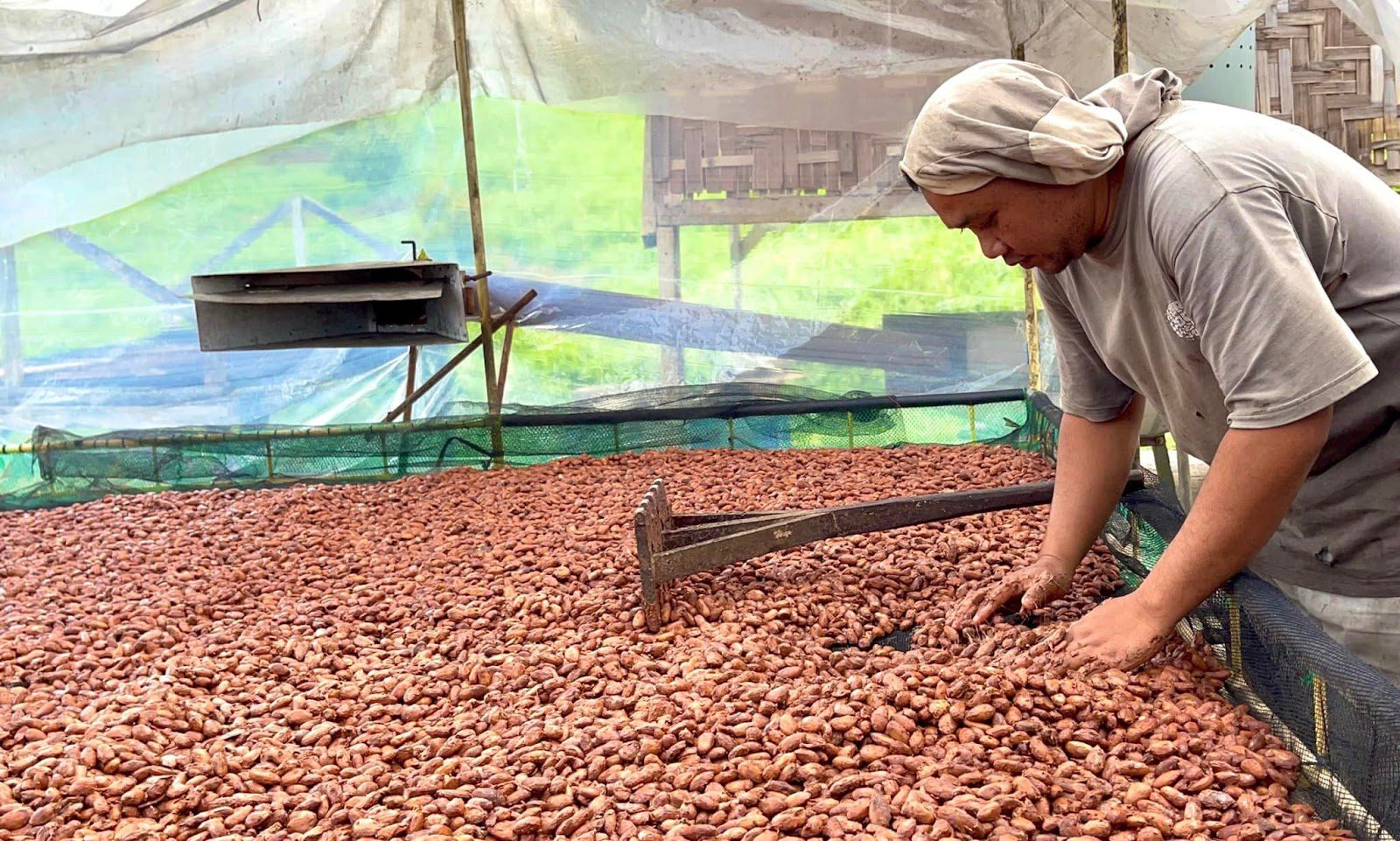
PSA March 2023 data said that the country has a monthly cacao demand of 50,000 metric tons and local supply can only meet 10,000 metric tons and most chocolate makers are now importing beans to meet demand.
Davao City, renowned for its high-quality cacao and exceptional chocolate goods, has achieved international recognition, securing victories in numerous overseas competitions. In 2021, Republic Act 115471 officially declared Davao City as the Chocolate Capital of the Philippines.
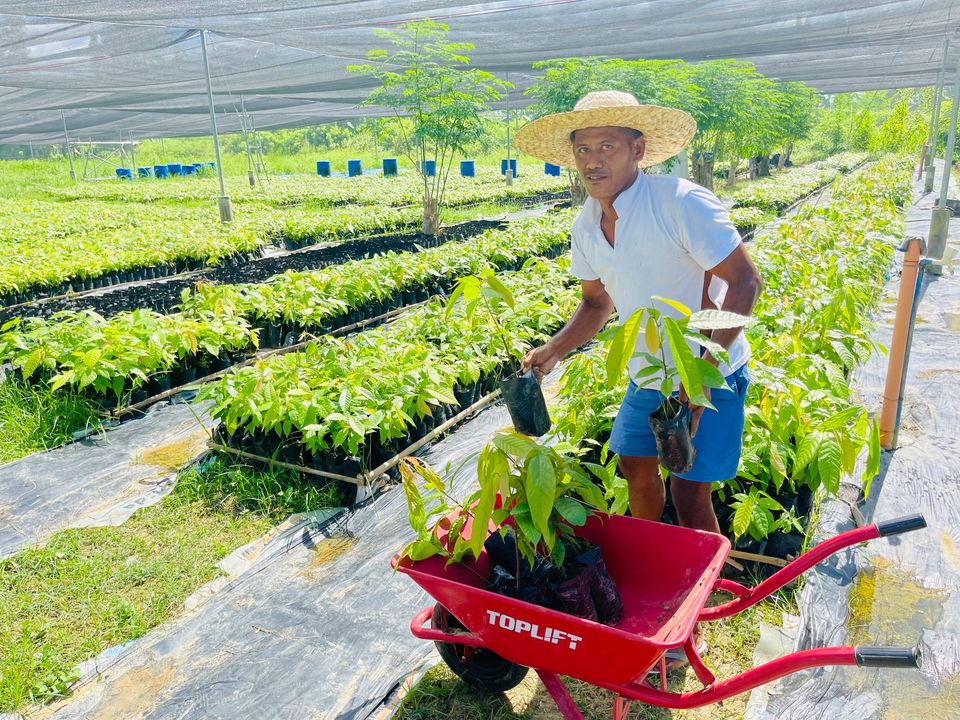
According to the “State of the Cacao Industry Report” currently, the Philippines only produces an estimated 15,000 MT of dried cacao beans where 80 percent of which comes from Davao Region. This is still a far cry from the 2026 goal but industry leaders aim to rally commitment from other regions to help increase production.
The Ivory Coast and Ghana are by far the two largest producers of cocoa, accounting for more than 50 percent of the world´s cocoa. In 2021, the Ivory Coast alone produced approximately 2.1 million metric tons of cocoa beans, the report said.
According to the PIVAC executive director Grace Cenas, the cooperative has an asset of more than P3-million including its nurseries and some infrastructure and it is ever open to any agricultural operations for its farmers to bridge the gap of marketing their Cacao products.
“PIVAC’s mission and advocacy is really to promote in a massive scale organic farming, producing food for sustainable and healthy farm products that are good for the health of the consumers. Our farming and other agricultural operations are free from fertilizers. We choose and will continue to choose organic farming,” Cenas told this writer.
Cenas bared that as of this writing, PIVAC has already planted about 20,000 Cacao trees in at least 12 hectares of land located in the mountain barangays of Guba, Adlaon, Lusaran, Cambinocot in Cebu City; in Tuburan, Samboan, Catmon, Tabogon, Carcar and Barili in Cebu Province and also in Masbati Province.
Cenas added that an average of 1,000 to 1,200 Cacao trees can be planted for every hectare of land per PIVAC farmer-member. Ideally, one Cacao tree can produce one kilo of beans per year.
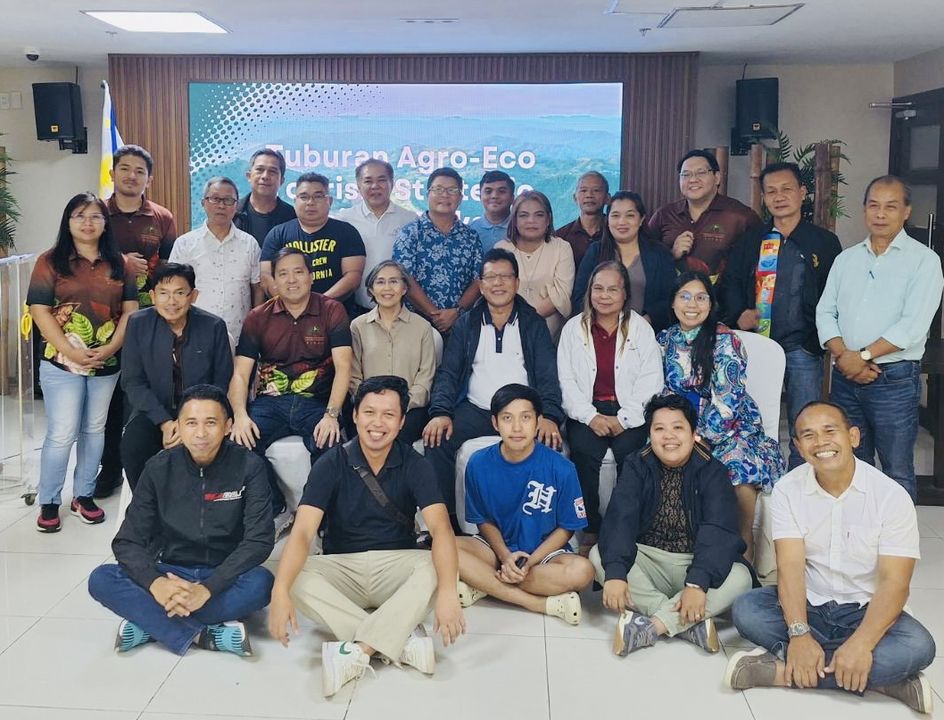
“PIVAC is only about three years old and with the 20,000 Cacao trees we’ve planted today, we hope to produce some 10,000 kilos of Cacao beans per year in five years’ time and some 1,500 kilos of name product per year by then,’ Cenas noted.
Aaron Que, PIVAC director shared with this writer that PIVAC’s nursery in Carcar, Cebu is now producing at least 150,000 Cacao seedlings before typhoon Odette. Today, with PIVAC’s partnership with the Tuburan LGU in Cebu, the cooperative has around 8,000 Cacao seedlings subject for grafting and with more coming with an estimated 10,000 Cacao seedlings that are now being prepared for planting.
“So far, we have also purchased Dried Cacao Beans from our farmer members totaling to just about one sack or less than 50 kilos. We admit that even though that this is a small production, we will continue to help the farmers make progress and produce higher outputs,” Que said.
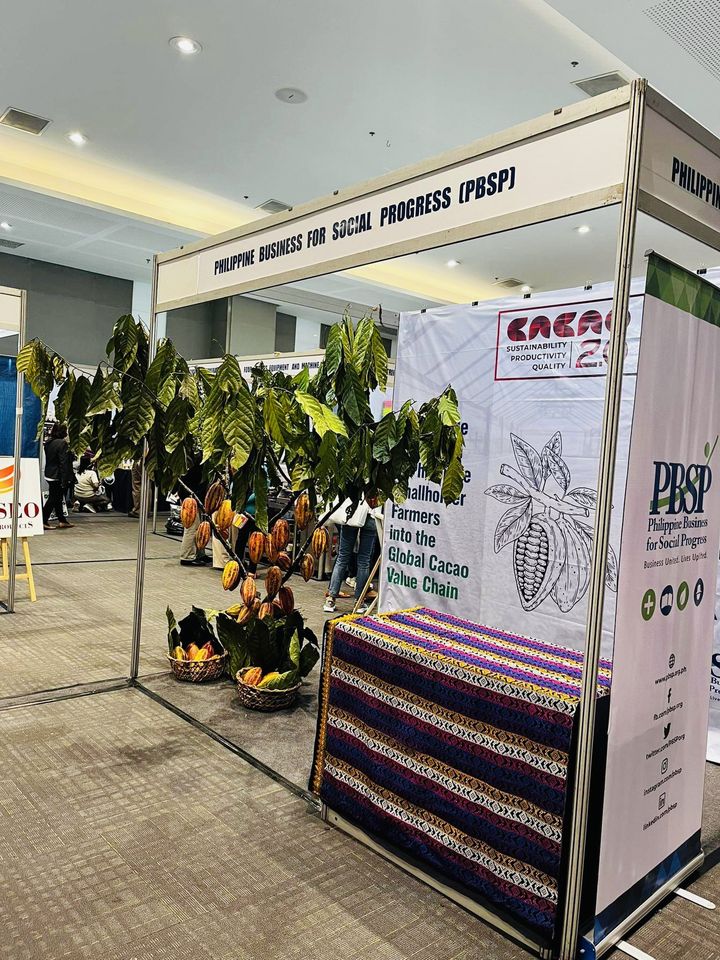
Que added that PIVAC member-farmers have already produced some name products from the Cacao beans that included pure tableya, Cacao Nibs, Chocolate Bars, Cocoa Butter and Cocoa Powder and these are being marketed, displayed and sold in many places and in events such as DTI-sponsored Trade Fairs, Sinulog Fiesta Fair, Ayala’s Coffee and Cacao Expo and in various Cebu Chamber events.
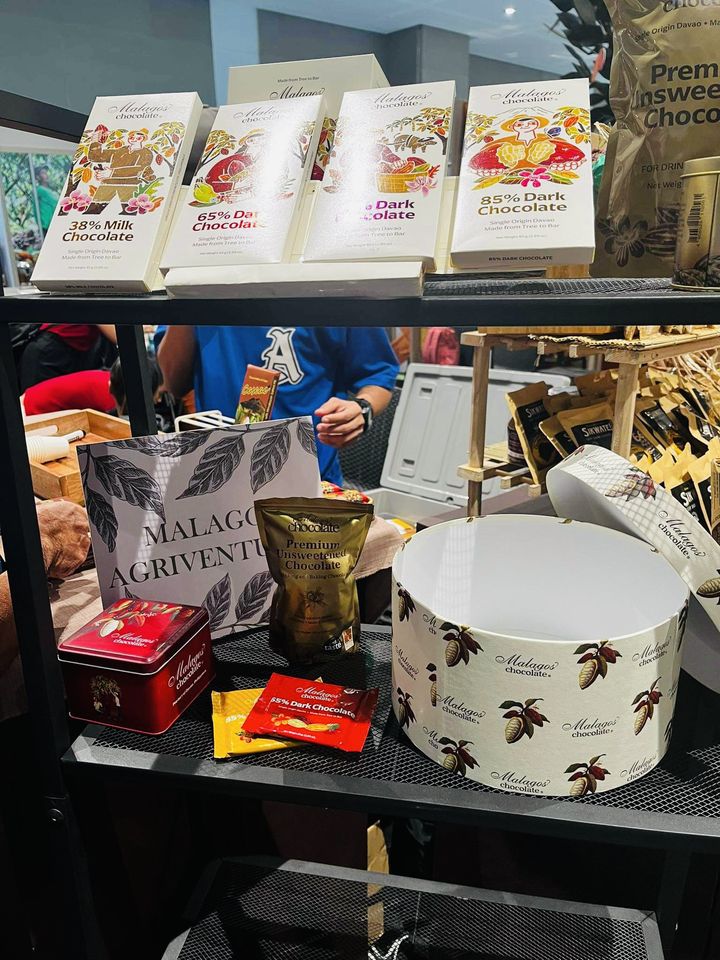
These are also marketed at Tindahan ni Angkong at the Golden Prince Hotel lobby; MyFarm Chocolate Kafe in Langtang Talisay; Balsa Kafe in Southern Leyte; Online sellers, Overseas Filipino Workers (OFWs) and Filipino Balikbayans, Que added.
“With our continuing efforts to promote the Cacao industry, PIVAC has been buying Cacao beans directly from the Cacao farmers in the mountain barangays and provinces of Cebu and Leyte. We’ve seen our Cacao farmers/growers teary eyed upon earning some substantial amounts of money from their dried Cacao beans,” Que shared.
Cenas also pointed out that these Cacao growers are now very optimistic to plant more Cacao trees because they actually see PIVAC’s interest in buying their products no matter how small the quantities are. The farmers develop that confidence and trust that their products can earn them money directly at higher prices than selling them to middlemen buyers.
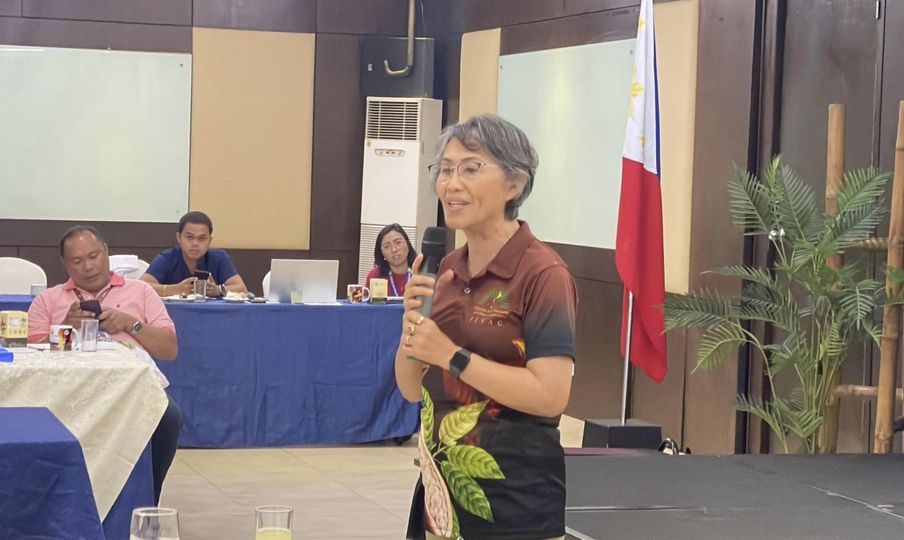
“One of PIVAC’s goal is to shorten the value chain of products from the farms to the market with the farmers at the center in in high-value consideration to get more income from the farms they till,” Cenas said.
As the cooperative moves forward to its goals, objectives and advocacies for good, healthy and sustainable farming, PIVAC s optimistic that it can bridge this agricultural gap barring some challenges like mortality in Cacao seedlings plantations and bad weather conditions within the next three years.
“Let’s crossed our fingers and be very optimistic for the Cacao industry here,” Cenas concluded.








